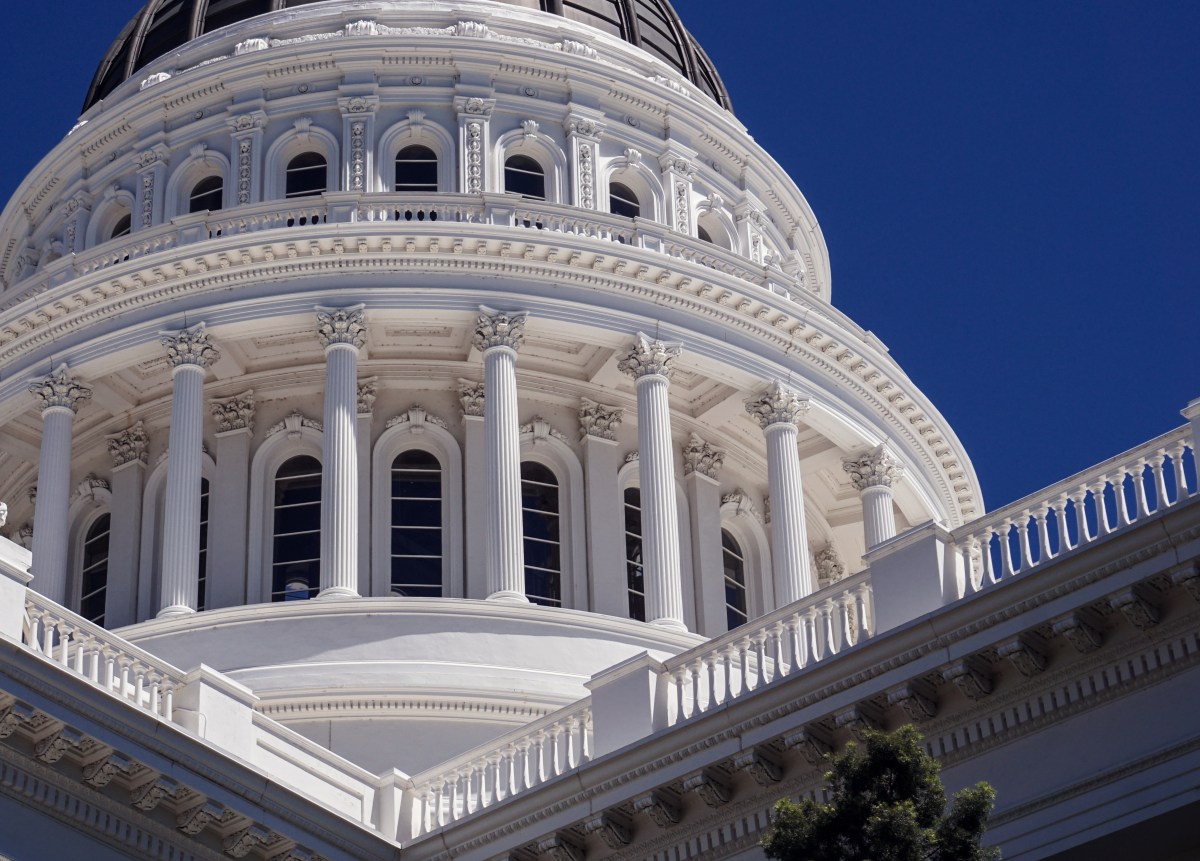Will States Pave the Path for AI Regulation? Exploring the Future of Artificial Intelligence Governance
In recent years, the landscape of artificial intelligence (AI) regulation has evolved significantly, particularly in states like California. Last year, Governor Gavin Newsom signed a remarkable 18 new AI laws, while also vetoing some high-profile legislation aimed at regulating the industry. As we look ahead to 2025, experts predict that state-level activity regarding AI regulation will continue to intensify.
Insights from Mark Weatherford on AI Legislation
Mark Weatherford, a seasoned expert in cybersecurity and AI policy, has witnessed the intricacies of policy-making both at the state and federal levels. He has served as Chief Information Security Officer for California and Colorado, as well as Deputy Under Secretary for Cybersecurity under President Barack Obama. Currently, he is the Vice President of Policy and Standards at the synthetic data company Gretel.
The Current Climate of AI Regulation
Weatherford emphasizes the importance of raising the conversation around AI security and privacy to influence policy effectively. He expressed optimism regarding lawmakers’ ability to understand the complexities of AI but acknowledged the rapid pace of change in the technology. “AI is changing daily,” he noted, stressing the need for ongoing education and guidance for decision-makers.
State vs. Federal Regulation: What’s Next?
As we approach 2025, Weatherford believes that we will see more regulatory action at the state level than at the federal level. He pointed out that California has been particularly proactive, with Governor Newsom signing numerous pieces of legislation related to AI in recent months. According to Weatherford, over 400 different AI-related legislative proposals have been introduced in various states over the past year.
- California has enacted 18 new AI laws in the past year.
- Weatherford spoke at the California Cybersecurity Education Summit about the legislative landscape.
- Harmonization of regulations is a pressing concern among policymakers.
The Challenge of Harmonization
Weatherford also discussed the need for harmonization among state regulations. “There’s not a lot of incentive to harmonize regulations,” he stated, noting that while similar language may appear across different states, a coordinated strategic plan is unlikely. This presents challenges for companies trying to comply with a patchwork of laws.
California’s Role in AI Legislation
California has often set the standard for tech legislation, pushing the envelope on issues that resonate nationally. Weatherford believes that other states may follow California’s lead, as the state engages in comprehensive research and legislative efforts. However, he cautioned that the balance between privacy and innovation costs is delicate, as seen in the recent veto of a significant AI regulation bill by Governor Newsom.
Federal Interest in AI Regulation
While there is ongoing interest at the federal level, including the recent 230-page report from the US House of Representatives’ task force on AI, Weatherford suggests that major federal legislation may not be a priority in the near term. He noted that the emphasis might shift toward less regulation, though privacy and cybersecurity remain bipartisan issues.
The Future of AI and Synthetic Data
As the regulatory landscape evolves, Weatherford asserts that the future of AI may heavily rely on synthetic data. He believes synthetic data can address privacy concerns and mitigate biases inherent in traditional data sets. “Without data, there’s no AI,” he stated, emphasizing the growing need for high-quality synthetic data.
- Synthetic data could be a solution for privacy and bias issues.
- Weatherford advocates for the use of synthetic data as a key component in AI development.
Managing AI’s Impact on Society
Concerns about AI “censorship” and content moderation are also emerging, with Weatherford suggesting that the government may take action to balance reasonable content moderation against potential overreach. He believes that effective regulation should not only address the risks associated with AI but also communicate its benefits clearly to the public.
As we navigate the complexities of AI regulation, Weatherford remains optimistic about the future of AI and the positive changes it can bring, provided that legislation evolves to keep pace with technological advancements.
For more information on the intricacies of AI legislation, visit this detailed guide on AI regulations. Additionally, learn more about synthetic data and its applications at Gretel’s official website.







